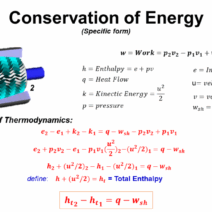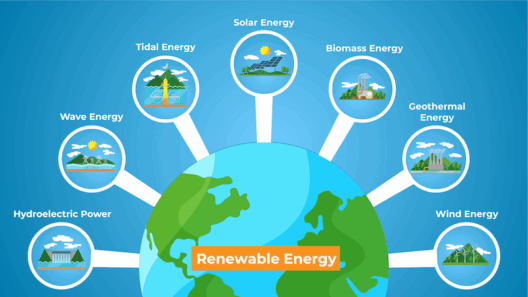Air quality is oftentimes a silent menace, intricately linked to climate change. As global temperatures rise, the atmosphere morphs, leading to deteriorating air quality and, consequently, detrimental health effects on human populations. Understanding how these elements interconnect provides critical insights into what is occurring within our lungs as we traverse polluted air.
To begin with, one must understand the composition of the air we breathe. The atmosphere is a mélange of gases, primarily nitrogen and oxygen, but it also contains trace amounts of greenhouse gases, particulates, and various pollutants. When the climate undergoes alterations due to greenhouse gas emissions from industrial output, vehicular exhaust, and agricultural practices, the composition of the atmosphere is directly affected. These changes lead to increased levels of harmful substances such as particulate matter (PM), nitrogen oxides (NOx), and sulfur dioxide (SO2).
Particulate matter, particularly PM2.5 (particles smaller than 2.5 micrometers), is especially pernicious. These tiny particles can penetrate deep into the respiratory system, reaching the alveoli—the tiny air sacs in the lungs essential for gas exchange. Chronic exposure to elevated PM2.5 levels correlates with various respiratory diseases, cardiovascular ailments, and even premature mortality. As climate change exacerbates conditions conducive to air pollution—such as increased temperatures and altered precipitation patterns—the prevalence of PM2.5 in urban areas is likely to surge.
Moreover, the phenomenon commonly referred to as “temperature inversions” can be exacerbated by climate change. Under normal circumstances, warm air rises, allowing pollutants to disperse. However, when cool air is trapped beneath a layer of warm air, it creates a dome effect that causes pollutants to accumulate, thereby degrading air quality significantly. This entrapment often occurs in urban areas during the summer months when climate change intensifies heat levels, leading to higher instances of smog and hazy conditions.
Another pathological agent linked to climate change is ozone. Ground-level ozone is not emitted directly; rather, it forms through complex chemical reactions between nitrogen oxides and volatile organic compounds (VOCs) catalyzed by sunlight. Elevated temperatures, a hallmark of climate change, intensify these reactions, leading to higher ozone concentrations. Ozone is well-documented for its harmful effects on lung health, aggravating asthma, reducing lung function, and increasing hospital admissions for respiratory issues.
In addition to particles and ozone, the increasing frequency and intensity of extreme weather events, a direct consequence of climate change, have significant implications for air quality. Flooding can lead to the resuspension of previously deposited contaminants, while wildfires release a cauldron of pollutants, including PM and toxic gases. The pervasive smoke generated by wildfires has become a notorious contributor to deteriorating air quality in many regions, overwhelming even typically pristine environments. The lingering effects of wildfire smoke can extend for days or weeks, saturating air quality with harmful particles even in areas far removed from the fire’s immediate vicinity.
Climate change indiscriminately impacts all demographics, yet specific populations bear a disproportionate burden of air pollution-related health issues. Vulnerable groups such as children, the elderly, and individuals with pre-existing respiratory or cardiovascular conditions are particularly susceptible. Children are in their peak development years, making them particularly vulnerable to the deleterious effects of poor air quality. Exposure to air pollutants during formative years can lead to long-term health issues, affecting lung development and overall health trajectories.
Addressing the intersection of air quality and climate change necessitates a multifaceted approach that includes policy-making, public awareness, and technological innovation. Governments worldwide must take decisive action to reduce greenhouse gas emissions through stricter regulations, promoting sustainable energy practices, and improving urban planning to minimize pollution exposure. Furthermore, investment in public transportation systems can mitigate vehicular emissions, a primary source of air pollution in many urban centers.
Public awareness campaigns aimed at educating individuals about the impacts of air quality on health are paramount. Increased knowledge allows communities to advocate for cleaner air initiatives and demand accountability from those in leadership positions. Importantly, individuals can play a role through personal choices, like reducing vehicle usage or supporting local clean air acts.
On a technological front, innovative solutions such as the advancement of electric vehicle technologies, renewable energy sources, and improved waste management practices can significantly enhance air quality. Additionally, advances in air filtration technologies further allow for mitigation of indoor air pollutants, thereby providing individuals with options to improve their immediate environments.
Ultimately, the issue of air quality in an era of climate change is an urgent call to action. The air within our lungs tells a story—a narrative of environmental consequences that intertwines with human health. By examining how air quality declines with climate change, we can better prepare responses, safeguard public health, and strive for a cleaner, more sustainable planet. A proactive stance and a shared commitment to prioritizing air quality are imperative for fostering healthy communities and preserving the delicate balance of our atmosphere.



